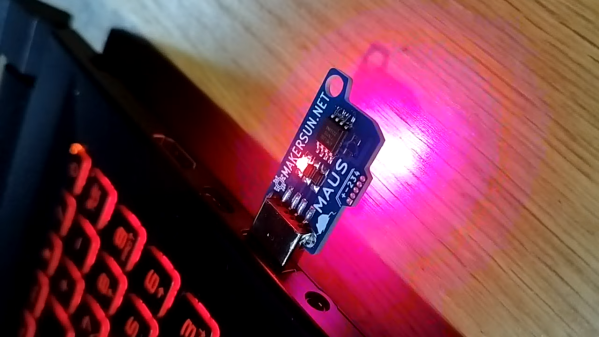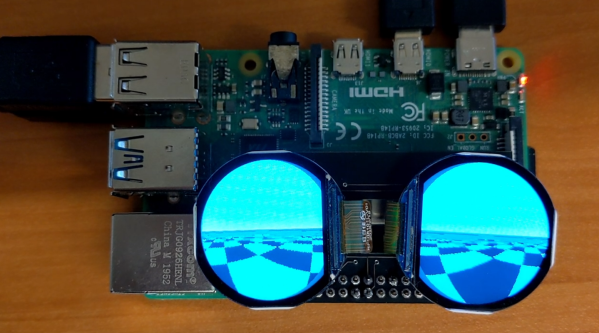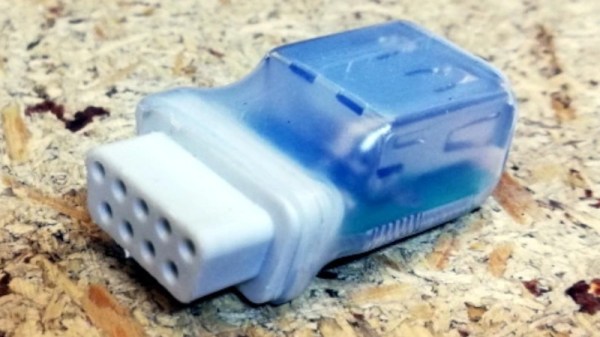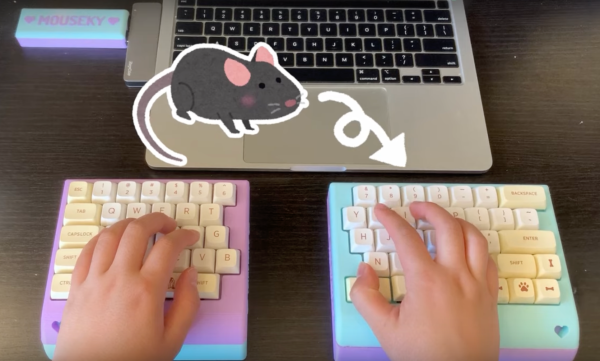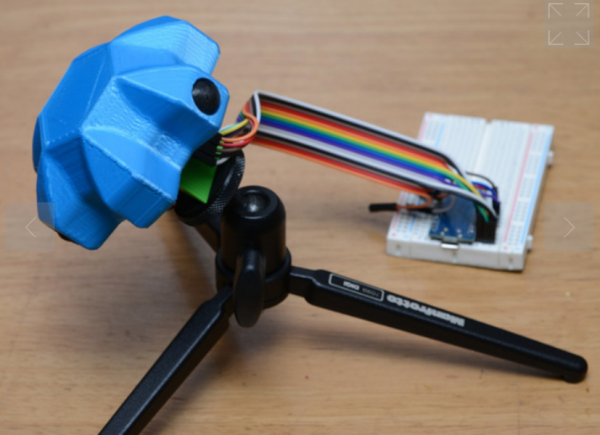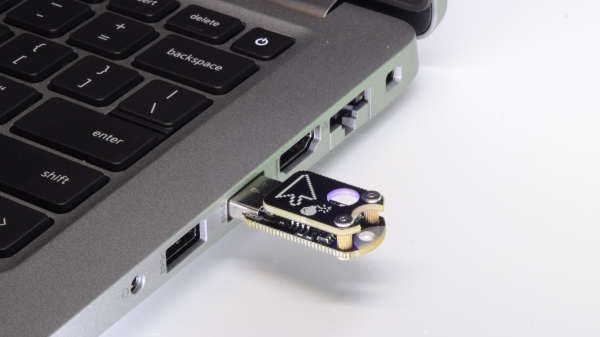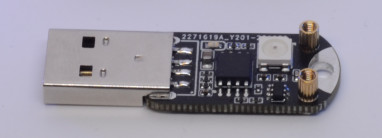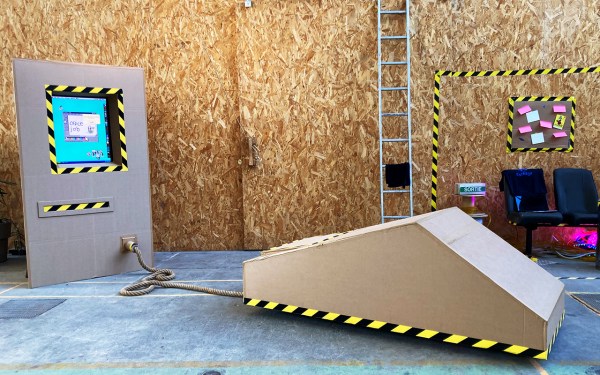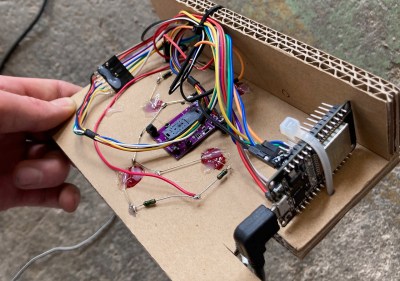The work-from-home revolution enabled many workers to break free from the shackles of the office. Some employers didn’t like the loss of perceived control though, and saddled workers with all kinds of odious spyware to monitor their computer activity. Often, this involves monitoring mouse movement to determine if workers are slacking off or not. Mouse jigglers aim to fool these systems, and the MAUS from [MAKERSUN99] is one you can build yourself.
The MAUS is not a mechanical system that moves a real-life mouse on your desk. Instead, it directly injects emulated mouse movements via USB. It runs on an ATtiny85, which is able to spit out USB HID commands with the help of the V-USB software USB implementation. Along with the microcontroller, MAUS also features a red LED and a WS2812B RGB LED for user feedback. It’s also available on Tindie if your boss has you so busy that you don’t have time to build one.
Mouse jigglers came to prominence as working from home became mainstream. However, they’ve been around for years.
Continue reading “Compact Mouse Jiggler Keeps Boss Off Your Back”

